Skip to:
Main ContentSite NavigationSite footerSite Map
Millions of people ‘left behind’ in Australia’s neglected suburbs
OCTOBER 26, 20188:11pm
Play Video
Play
0:00
/
0:32
Loaded: 0%
Progress: 0%
Fullscreen
Melbourne named worst city for convenient transport
Sam Clench
news.com.au
MILLIONS of people living in Australia’s biggest cities are “being left behind” and forced to pay a higher cost of living, a damning new report has warned.
About 1.4 million people in the outer suburbs of Melbourne, a million each in Sydney and Brisbane and hundreds of thousands in Perth and Adelaide are not within walking distance of “reasonable quality public transport”,
Infrastructure Australia says.
That has all kinds of nasty flow-on effects, which leave the residents of those outer suburbs at a chronic disadvantage.
Not only do they have to travel further to get to work, but it takes them longer to travel to and from the public transport services available to them. Compounding the problem, those services operate far less frequently than those in the inner city.
“These conditions have a tangible impact on the quality of life and prosperity of these communities by limiting access to employment, education and other social infrastructure within a reasonable travel time,” the report concludes.
The other predictable result is that people in the outer suburbs rely more on private vehicles, and have to bear the significant cost of operating them — not to mention the upfront price of buying them in the first place.
You’re probably wondering whether you have fallen into this trap. Below is a map for each of the cities in question, showing you which suburbs Infrastructure Australia is primarily referring to.
As you can see, so-called “satellite cities” or towns, such as Gosford, are defined as outer suburbs for the purposes of the report. This is meant to “capture the labour market flow of each capital city”. Put another way, people commute to Sydney from Gosford, so it counts.
The inner suburbs are highlighted in red, middle in yellow and outer in grey. Picture: Infrastructure Australia
Source:Supplied
Melbourne is the worst of the lot, with 1.4 million not within walking distance of public transport. Picture: Infrastructure Australia
Source:Supplied
A million people in Brisbane are affected. Picture: Infrastructure Australia
Source:Supplied
Adelaide has the fewest affected, with just over 300,000. Picture: Infrastructure Australia
Source:Supplied
There are more than 600,000 in Perth. Picture: Infrastructure Australia
Source:Supplied
About half the population of each city falls within the outer suburbs, with the exception of Adelaide (for which it is just 31 per cent). And it’s important to note that not all of those people face insufficient public transport.
In Melbourne, for example, there are 2.3 million residents in those suburbs, and about 900,000 of them are fine.
But for the rest, the consequences are stark; first and foremost because they have fewer opportunities to find work near their homes. That costs them two valuable resources — money and time.
“There are more employment opportunities per capita in the inner suburbs than other parts of the city,” the report says.
“Even when outer sector residents choose to work within their own area, they are likely to travel longer distances because of the dispersed nature of employment in outer suburbs.
“Time is of particularly high importance when travelling to work, as it is a regular and necessary trip, and can take up a substantial proportion of a worker’s time throughout the week.”
Then there is the cost. Even the outer suburban commuters who do use public transport often have to factor in the cost of running a car, because they’re forced to drive to and from the station.
“It is likely that outer urban residents pay for their reliance on cars and longer travel distances. The spatial features of outer urban areas, such as low densities and dispersed jobs, combined with uncompetitive public transport, result in significantly higher expenditure on variable car costs.”
Car costs go up the further away from the inner suburbs you get, ABS statistics show. Picture: Infrastructure Australia
Source:Supplied
None of this is easy for governments to fix. Infrastructure Australia says they face “a vicious cycle of policy challenges”.
People in the outer suburbs are less likely to use public transport. That means it costs more to run public transport in those areas, which inevitably leads to less investment, which means service levels are poor, which means outer suburban residents are even less likely to use public transport than before, and so on.
You can see the problem.
On top of that, once someone has gone to the trouble of buying a car, they become far less likely to switch to public transport should services improve. The longer an area is without effective public transport, the less economically viable new investment becomes.
So, what can be done to improve the situation? The report comes with
recommendations, the most interesting of which is that governments “should embrace new transport modes, such as on-demand services, which are well suited to low-density areas”.
Think of something in the mould of Uber.
“Traditional public transport models are most efficient and effective in areas of high demand, often requiring higher density,” said Peter Colacino, Infrastructure Australia’s executive director of Policy and Research.
“However, new technology and delivery models, such as on-demand buses, offer an immediate opportunity to confront these challenges by increasing the flexibility and reach of the network.”
Many people’s first instinct would be to throw a lot of money at the problem and simply extend the existing public transport system with big, flashy new train lines and bus routes.
The report recommends something more nuanced. It says governments should develop “feeder” transport services to take passengers from low-density areas to the main, high-capacity “trunk” system.
So, for example, if you lived in the Sydney suburb Glenmore Park, you could catch a feeder service to the main train line near Penrith, then continue your commute from there.
“This includes investing in well-designed interchanges, extending integrated ticketing systems to new modes, and introducing fare incentives that actively encourage people to transfer between modes to get to their destination,” Mr Colacino said of the idea.
If you live in the outer suburbs, chances are you’ve sat in a traffic jam or two. Picture: iStock
Source:istock
There’s a tangential issue we haven’t mentioned yet — congestion.
All those extra cars in Australia’s outer suburbs are clogging up our roads.
When news.com.au
spoke to Prime Minister Scott Morrison about the problem recently, he said the Federal Government was focusing hard on “congestion busting”, facilitated by a
$1 billion urban congestion fund he announced as treasurer in this year’s budget.
Mr Morrison said he was working closely with the state governments.
“We hold levers around tax and infrastructure spending, but the infrastructure has got to be done with them, because we’re doing it in partnership,” he said.
“There’s a plan. It is not: ‘Here’s some money, good luck with that, I hope it works out.’ It’s about the shaping of our cities into the future.
“We’re putting money into the Monash Freeway. We’re putting money into rail. We’re putting money into projects all around the country.”
Will those projects help the millions of people living in Australia’s neglected outer suburbs? That much remains to be seen.
Play Video
Play
0:00
/
1:02
Loaded: 0%
Progress: 0%
Fullscreen
The truth about the cost of living in Australia
LEAVE A COMMENT
read next
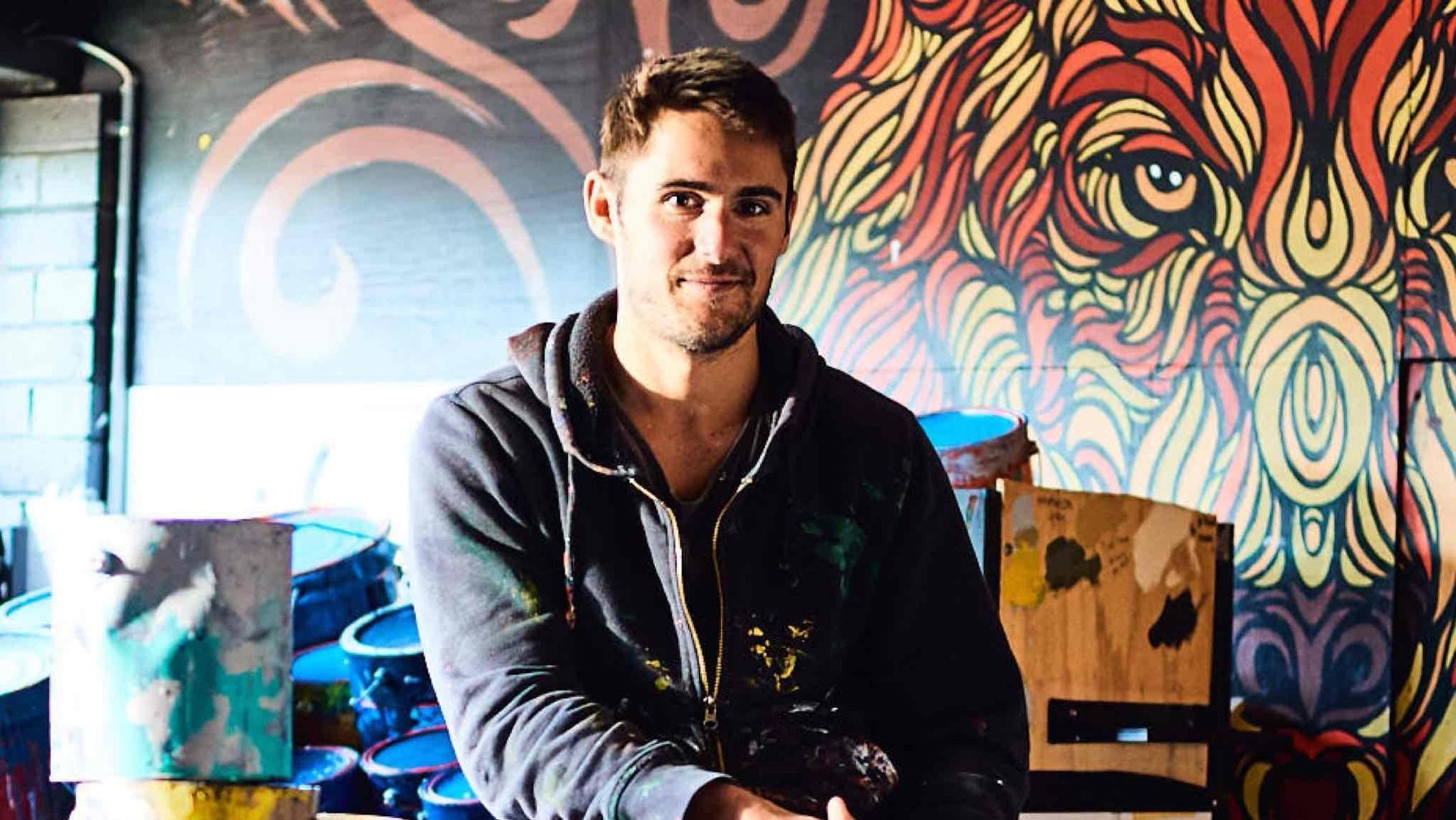 New twist on Melbourne’s classic street art
New twist on Melbourne’s classic street art
CREATIVITY and commerce are making an interesting combination in Melbourne. With our heads down and thoughts focused on where we need to be, sometimes we miss what’s happening right in front of us.
SPONSORED CONTENT
 Discount card for Aussie war vets
Discount card for Aussie war vets
PRIME Minister Scott Morrison has introduced a savings card scheme providing discounts for all Australian veterans.
APPLE NEWS
 The ‘hoax’ Aussies are being sold
The ‘hoax’ Aussies are being sold
NEW measures have been revealed to bring our power prices down but there’s one uncomfortable question the government’s avoiding.
COSTS
 Aussies plan ‘fuel strike’ as prices soar
Aussies plan ‘fuel strike’ as prices soar
MORE than 80,000 motorists say they will boycott service stations for two days to protest skyrocketing petrol prices.
COSTS
 When will we see cheaper bills?
When will we see cheaper bills?
LOOKS like we’ll have to wait until next year for measures announced by Scott Morrison to slash electricity bills to take effect.
COSTS
 Salary up but bank lends $235k less
Salary up but bank lends $235k less
ONE would-be property investor got the shock of her life when she had her $735,000 loan pre-approval slashed to $500,000, despite getting a promotion with more money.
SAVER HQ
 The most dangerous credit card mistake
The most dangerous credit card mistake
THE minimum repayments required on credit card balances can hit customers hard if they stick to paying as little as possible. This is how you can limit your chances of financial ruin.
SAVER HQ
 GoFundMe offering $1k refunds to users
GoFundMe offering $1k refunds to users
CROWD-FUNDING website GoFundMe is reducing the risk of donators being scammed on their platform by offering $1000 refunds.
COSTS
 ‘Tacky’ hen’s party bill slammed
‘Tacky’ hen’s party bill slammed
THIS oddly specific invoice for a hen’s do has gone viral after a guest roasted the event as nothing but a “business transaction”.
COSTS
Recommended by
Add your comment to this story
To join the conversation, please
Log in. Don't have an account?
Sign up
JUMP BACK TO TOP
Newsletters
Follow us
A NOTE ABOUT RELEVANT ADVERTISING: We collect information about the content (including ads) you use across this site and use it to make both advertising and content more relevant to you on our network and other sites.
Find out more about our policy and your choices, including how to opt-out.
News Limited Copyright © 2018. All times AEDT (GMT +11).

 ABC Home
ABC Home













 PHOTO: The Super Retail Group, who own both Supercheap and BCF, has underpaid staff.(AAP: Dave Hunt)
PHOTO: The Super Retail Group, who own both Supercheap and BCF, has underpaid staff.(AAP: Dave Hunt) PHOTO: The headless crocodile was found at the Junction at Lake Moondarra in north-west Queensland. (Supplied: North West Star)
PHOTO: The headless crocodile was found at the Junction at Lake Moondarra in north-west Queensland. (Supplied: North West Star) PHOTO: The Junction at Mount Isa's Lake Moondarra in north-west Queensland. (ABC News: Zara Margolis)
PHOTO: The Junction at Mount Isa's Lake Moondarra in north-west Queensland. (ABC News: Zara Margolis)

















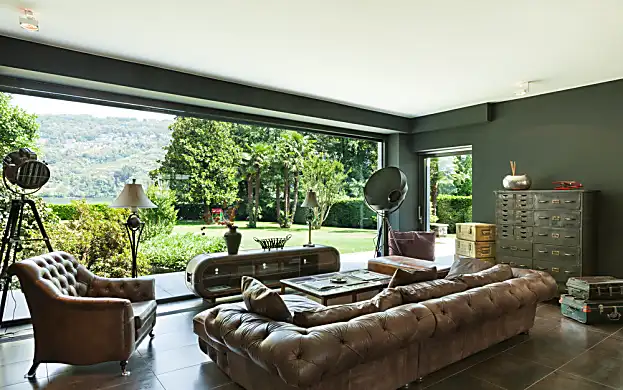 PROMOTEDHere's The Real Mortgage Rate You Should Be PayingHome Loans Australia
PROMOTEDHere's The Real Mortgage Rate You Should Be PayingHome Loans Australia PROMOTEDUS imposes North Korea-related sanctions on Singapore companiesNikkei Asian Review
PROMOTEDUS imposes North Korea-related sanctions on Singapore companiesNikkei Asian Review PROMOTEDTips for healthy liver functionLife-Space
PROMOTEDTips for healthy liver functionLife-Space PROMOTEDYoung Australians With Private Health Cover Need To Know ThisHealth Insurance Comparison
PROMOTEDYoung Australians With Private Health Cover Need To Know ThisHealth Insurance Comparison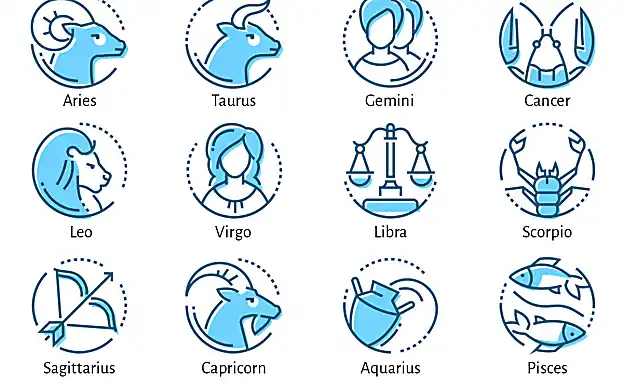 PROMOTEDYour Horoscope: so accurate that it will give you goosebumpsBest Horoscope 2018
PROMOTEDYour Horoscope: so accurate that it will give you goosebumpsBest Horoscope 2018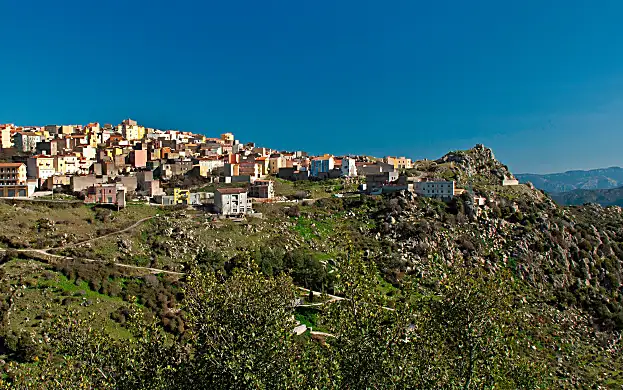 PROMOTEDPicturesque Italian Town Is Selling Homes For $1.50 …realestate.com.au
PROMOTEDPicturesque Italian Town Is Selling Homes For $1.50 …realestate.com.au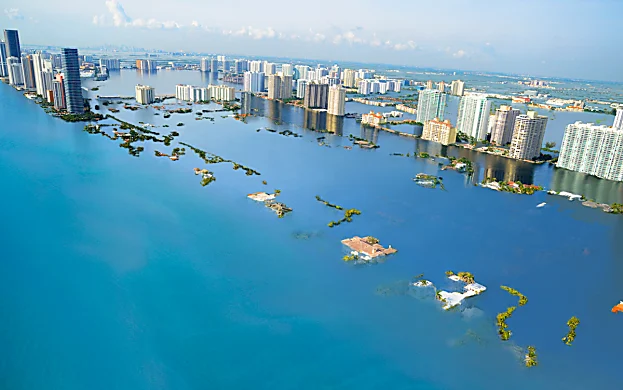 PROMOTEDHold your breath: These megacities could be underwater by 2100The CEO Magazine
PROMOTEDHold your breath: These megacities could be underwater by 2100The CEO Magazine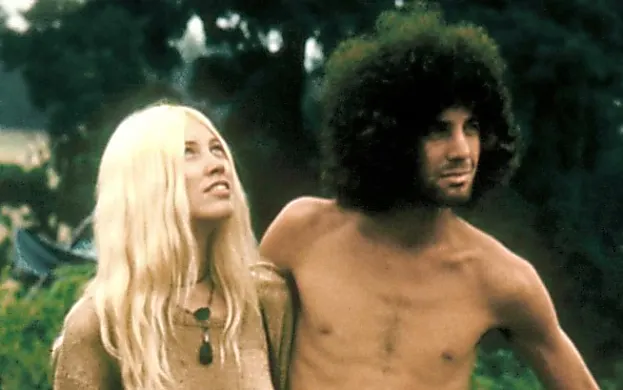 PROMOTED43 Rare Photos of Woodstock 69' Not Suitable for History BooksIce Pop
PROMOTED43 Rare Photos of Woodstock 69' Not Suitable for History BooksIce Pop






 Photo: Will the Government's immigration policies ease congestion in our major cities? (ABC News: Taryn Southcombe)
Photo: Will the Government's immigration policies ease congestion in our major cities? (ABC News: Taryn Southcombe)  Photo: Population growth is straining infrastructure in Australia's major cities. (ABC News)
Photo: Population growth is straining infrastructure in Australia's major cities. (ABC News)  One Nation Leader Pauline Hanson says that most of Australia's population growth is the result of migration, and that this is underpinning the budget.
One Nation Leader Pauline Hanson says that most of Australia's population growth is the result of migration, and that this is underpinning the budget.